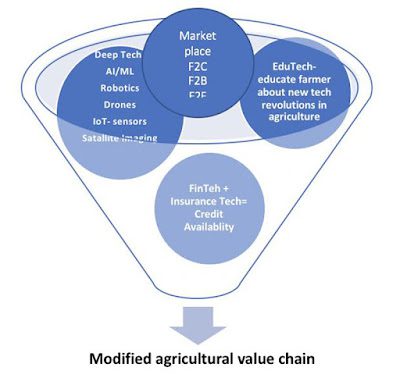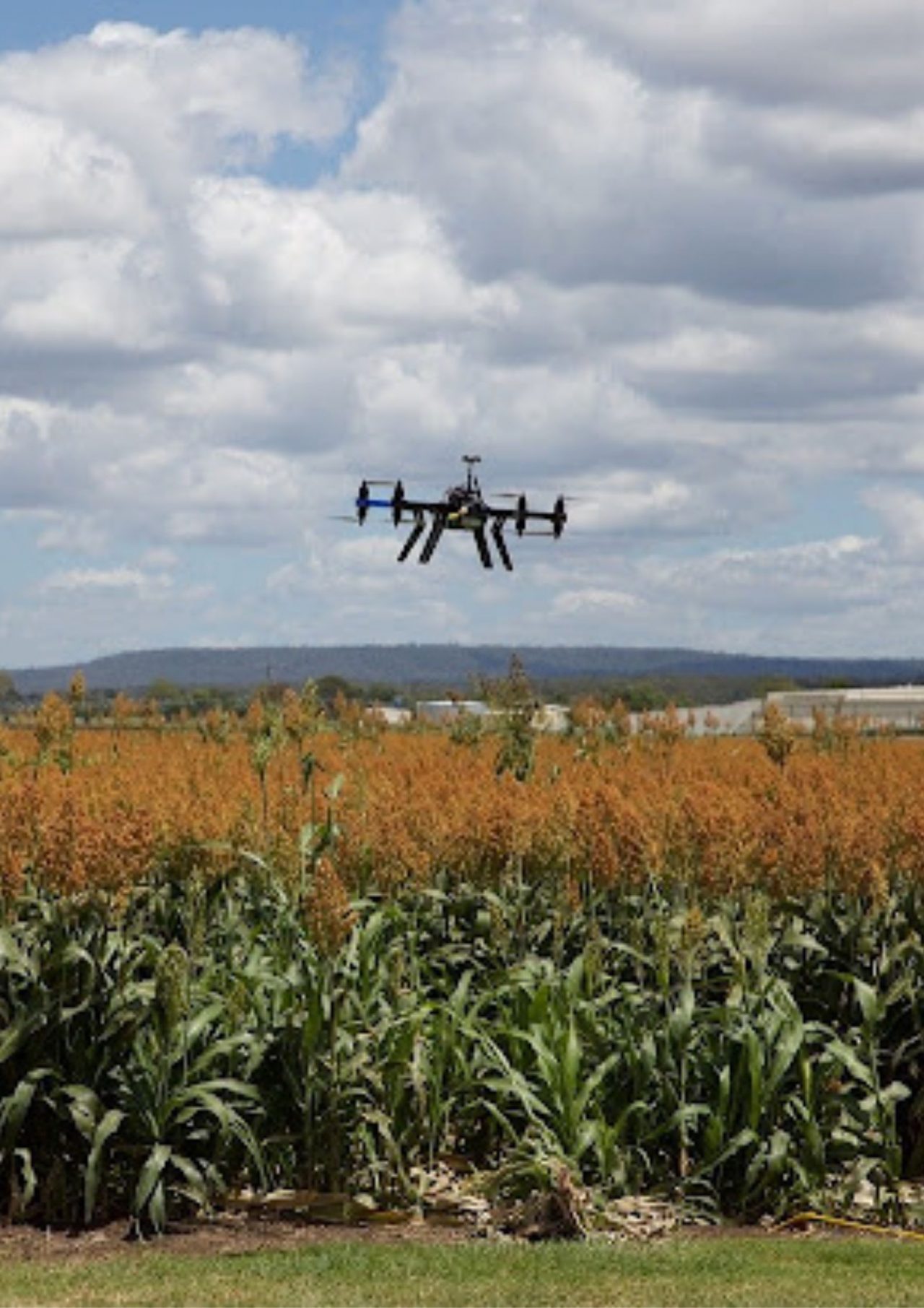History does repeat itself! An experiential reality we are tackling since 2020. Concurrent to the Spanish flu of the 1918s, Covid 19 swamped the global population under its notorious reign. Moreover, Cold War’s, civil wars or riots still exist but are engulfed and manifested via social media. Natural disasters yet again jeopardize mankind in different periods of cycle to maintain nature equilibrium. Gender equality remains an area of concern not only socially but at the workplace and boardrooms, post decades of women empowerment campaigns. Certain countries deemed powerful in history lost their charm and charisma to others as they were crowned world powers.
The developed world experienced its share of developments, success, grandeur, business, transformation, growth and innovation, only to hand it over the emerging markets (BRICSessentially India and China). Essentially the developed after a point of time will grow linearly while the developing will surge exponentially. Eureka moments were not only constrained to Einstein but flourished through to 2021. One idea is crystal clear, cycles exist and repeats itself , synonymous to the life cycle of karma. Similar to how the world and our lives rotate in a cycle, metaphorically hinting at the rat or Guinee pig. The agricultural revolution (green revolution) rotated around the fulcrum of innovation heading towards the boisterous possibility of green revolution/ agricultural revolution 2.0 in India.
The Malthusian approach to agriculture/food production was a skeptical outlook towards adequately fulfilling the demands of the exponentially increasing population. He stressed on the augmenting instances of famine, war and diseases as food production may only grow linearly. In contract Boserup was endowed with an optimistic vision, population has the capacity and ability to harness technology and innovation to complete their needs. Indeed the Boserupian approach is absolutely relatable as seen with the advent of Agritech. It is fundamentally, harnessing technology to increase productivity, efficiency, transparency and ethics in a simple and seamless manner creating a win-win situation for all stakeholders especially the neglected farmers (in the Indian scenario).
The Indian agriculture scene possessed numerous bottle necks where the farmers were victims to challenges such as:

Previously the agricultural value chain consisted of multiple actors such as exploitative zamindars (landlords who rent their land for farming gauging for high returns), unjust raw material suppliers, corrupt middle men, wholesalers, distributers and retailers. Now with the advent of technology, bubbling startups and obliged government support the agricultural value chain is undergoing massive modifications and constructions. Innumerable applications are targeted exclusively for farmers during each stage of the value chain. Be it sourcing or producing or transforming and retail.
Educating and nurturing is the first and foremost milestone towards success for the farmer as they build their knowledge base. Leveraging the knowledge, they can cultivate and harvest crops in a productive and efficient manner. Applications such as Agri Media Video App and Farm Bee permit farmers to connect and interact with each other and primarily experts to discuss and resolve queries. These applications persistently acquaint farmers about the latest technologies, governments regulations, schemes and reforms and rural development. In addition farmers have the privilege to share and upload photos and videos of crops (examples of good or bad practices or techniques to improve). The Kisan Yojana app empowers farmers to remain at the same page as the government about policies. Hence it can be argued that they are somewhat like EduTech apps for the Agritech sector.
Charlie in the Charlie and the chocolate factory was bestowed with the invite to visit the chocolate factory. Likewise entrepreneurs invite farmers to leverage their unbelievable apps, resolving problems they have always been perturbed about such as weather, soil quality and efficient use of land. Deep technologies play an integral role in the evolution of AgriTech for instance AI, Robotics, IoT, Big data analytics, Biotech, Advanced Manufacturing Tech, Autonomous Vehicles, Satellite imagining and so forth. Precision agriculture propels the engagement of automated systems, drones and satellites to safeguard fields from excessive use of pesticides and water and decipher which particular patch of land requires treatment thus improving yield.
Sensors are deployed across fields to acquire constant information about soil health, to cease soil degradation. Furthermore sensors deliver prerequisite information such as weather forecasts (rainfall) and harvesting periods. Spatial satellite data is evaluated to recognize which areas must be targeted for grazing, thwarting soil erosion and degradation. Incredible startups such as Bharat Agri bolster farmers in various stages such as sowing to harvesting. They predominantly focus on furnishing services such as farm mapping, soil testing, weather forecasting, water testing (irrigation planning), exposing farmers to expert advice and crop management. Resulting in phenomenal outputs and harvests. Cropin a SaaS based AgriTech company exercises technology to create, monitor and share insights/analysis/predictions about crop performance and health (eg: detect its likability to be threatened by pests and how to solve the issue). Furthermore they have in place risk assessment for farmers (lending/ insurance), quality control, visibility, marketability, seed to self-traceability (guarantee right price for farmer and credibility for consumers) and the list is endless. Agdhi brings to light defect in seeds and crops hence educating farmers to purchase quality seeds.
DeHaat another tremendous startup provides farmers end to end solutions and similar services as Bharat Agri or Cropin, however it’s USP is the, privileged service via which farmers can purchase inputs at fair prices and sell output via their own app, absolutely eliminating the middle man. They serve micro entrepreneurs with services such as digital management of financial data, inventory planning and access to real time data. Terracroft and Tartan Sense envisage the utilization of robots and drones for increased productive capacity whilst balancing the labour deficit. It is mindboggling how technology can move mountains for different sectors and industries.
Multiple FinTech and InsuranceTech firms are either targeting rural India or exclusively innovating services for farmers. They are on the verge of competing with not so efficient traditional NBFC’s in the micro credit and insurance space. Frequently farmers are denied access to credit as the money is generally invested in nonproductive manner (marriage for their daughters). Probably they may default or create bad debt due to crop damage. Scarcity of credit scores or credit data adds them in the waiting queue of vulnerable individuals. However gallant entrepreneurs observe a pain point that needs to be addressed resulting in plentiful applications/marketplaces that encourage farmers to apply for loans and insurance for their land or crop produce. Jai Kisan is a startup that has idealized and executed a system called Bharat Khata to provide financial aid to farmers as after all agriculture contributes to an astronomical share in the GDP of India. Unnati Agritech assists farmers in managing working capital cycle, purchasing appropriate inputs and selling their crops as well.

Input to Output (Increased Value Chain integration) – managed via market place model
Transparent and trust based agricultural value chain
Digitized efficient and productive farming
Middleman eliminated
Self reliant farmers
Infact business model concepts like F2C (farmer to consumer) and F2B (farmer to business) platforms have been gaining traction lately. Ninja Cart is an apt example of F2B, it intends to connect farmers directly with buyers such as restaurants, retailers and service providers. Zomato via its hyperlocal is primarily selling fresh produce to restaurants and hotels as well. F2F (farmer to farmer) is another concept that incrementally growing with startups digitalizing trading of livestock to propel trust between farmers, for example GauGau.
Consumers around the world demand fresh locale produce to reduce air miles (reduce carbon footprint), transmission of diseases from crops and bolster local farmers to improve their standard of living. A challenge for older generation farmers is that their children migrate to cities in order to pursue their education and career thus neglect farming as a means of earning. However due to these marvelous advancements in the sector there is a possibility that farming may become a part of school curriculums due to the astronomical potential that is buzzing. Newer generations will innately feel a sense of purpose by choosing to become digital farmers of the next era.
Startups are scrambled all over the agricultural sector, digitizing the supply chain, eradicating middle men, creating platforms for purchasing inputs at a fair price, trading for livestock, selling directly to institutional buyers, using deep tech to analyze trends in weather conditions, soil health, irrigation, curb crop damage, crop management, grazing, harvesting and providing access to credit. It is a miracle for farmers as they see their lives transform for the better. In regards to the consumer they can enjoy better prices and quality products. These commendable startups and their spectacular entrepreneurs have innovated and devised applications and platforms harnessing technologies, giving birth to a whooping new revolution in the agricultural sector. Furthermore they have the audacity to share their creations with imploring farmers, permeate digital literacy and experience the changes in effect.


